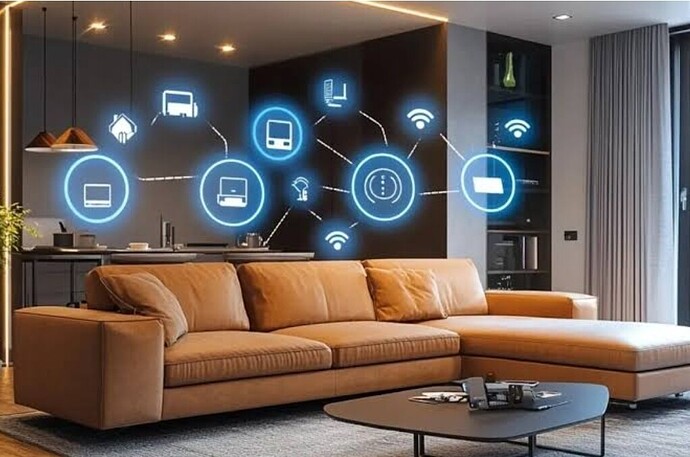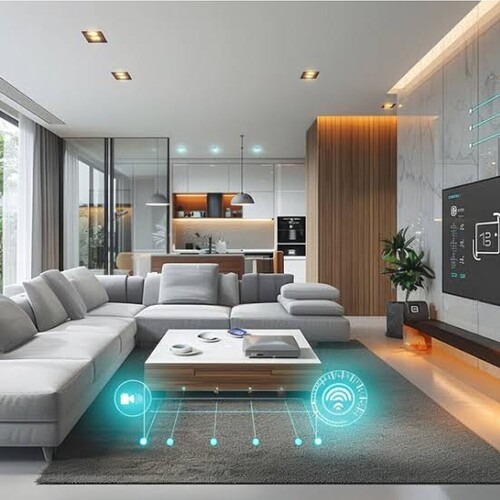Home renovation is evolving beyond aesthetics and functionality to include cutting-edge technology, creating smart homes that are efficient, secure, and convenient. Smart home renovation focuses on integrating automated systems, connected devices, and intelligent solutions that enhance comfort, energy efficiency, and lifestyle convenience.
Automated Systems for Convenience
One of the main features of a smart home renovation is automation. Smart lighting, thermostats, and appliances can be controlled remotely through smartphones, tablets, or voice commands. For example, programmable lighting can adjust brightness based on time of day, while smart thermostats learn daily routines to optimize heating and cooling. Automated systems reduce energy waste and create a more convenient living environment by allowing homeowners to control multiple functions with minimal effort.
Security and Safety Enhancements
Smart home technology also improves safety and security. Smart locks, surveillance cameras, motion sensors, and doorbell cameras allow homeowners to monitor their property remotely, receive alerts, and control access in real-time. Fire and carbon monoxide detectors can be integrated with smart systems to provide instant notifications on mobile devices. These upgrades provide peace of mind and allow homeowners to manage security proactively rather than reactively.
Energy Efficiency and Sustainability
Integrating smart technology supports energy-efficient and eco-friendly renovations. Smart plugs and appliances reduce unnecessary power consumption, while energy monitoring systems provide insights into household energy usage, helping homeowners make informed decisions to save on utility bills. Combined with energy-efficient windows, insulation, and lighting, smart home systems contribute to sustainability without sacrificing comfort or style.
Entertainment and Connectivity
Modern smart homes prioritize connectivity and entertainment. Centralized audio systems, smart TVs, and integrated speakers provide seamless media experiences throughout the home. Home networks can connect multiple devices, ensuring reliable internet access for work, learning, and entertainment. Voice assistants and hubs simplify the control of these devices, creating an intuitive, user-friendly environment.
Conclusion
Smart home renovation transforms traditional spaces into efficient, secure, and highly functional environments. By integrating automated systems, advanced security, energy-efficient solutions, and connected entertainment, homeowners can elevate both convenience and quality of life. Thoughtful planning ensures that technology complements design, resulting in a modern, sustainable, and intelligent home that adapts to the needs of its occupants. Smart renovations demonstrate how innovation and functionality can coexist, creating living spaces that are as intelligent as they are co
mfortable.

